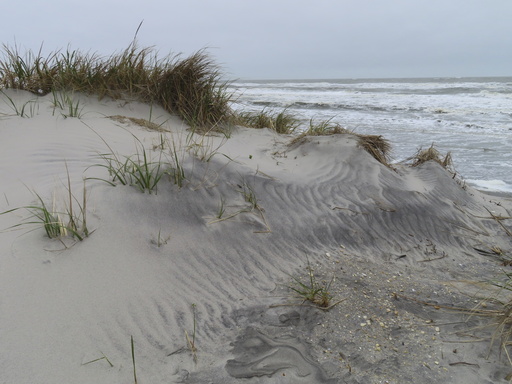
Offshore wind energy initiatives in New York, New Jersey, and Maryland are advancing as federal authorities evaluate the associated proposals while opposition groups intensify their legal challenges.
A significant offshore wind farm is being considered off the coast of New York, with federal agencies actively reviewing seven other locations in the ocean.
Community Offshore Wind, a collaboration between Germany’s RWE and National Grid from New York, recently announced a wind farm project aimed to produce 2.8 gigawatts of electricity, which could supply power to roughly one million homes.
Additionally, the company is pursuing a separate project off the coast of Long Beach Island in New Jersey.
They assert that their New York initiative is the largest offshore wind project ever proposed to regulators in the state, although they have not disclosed the exact number of wind turbines intended for installation.
Dan Sieger, the development head of the company, emphasized that both New York and New Jersey are striving for some of the most ambitious clean energy targets in the nation, with offshore wind playing a crucial role in achieving these goals.
The proposed project would be situated 64 miles (100 kilometers) from the New York coastline and 37 miles (60 kilometers) from New Jersey.
In July, they submitted plans for a separate offshore wind facility in New Jersey, projected to supply power to 500,000 homes.
Recently, the U.S. Bureau of Ocean Energy Management released an environmental assessment of six offshore wind locations, spanning almost half a million acres (200,000 hectares) in New York and New Jersey.
This review included an evaluation of possible impacts on marine life, avian species, as well as air and water quality.
Although temporary disturbances to marine mammals and fish during construction were anticipated, the agency acknowledged that certain negative effects would be unavoidable even with proposed mitigation and monitoring strategies.
These concerns included heightened risks of temporary or permanent hearing impairment for whales and other marine species, potential fatalities for turtles from boat strikes, and birds being hit by turbine blades, along with changes to ocean vistas from the shore.
The American Clean Power Association regards the environmental assessment as an essential measure towards efficiently obtaining approvals for new projects.
On the same day, the National Oceanic and Atmospheric Administration concluded that a planned 32-acre (13-hectare) facility in New York City for assembling offshore wind towers “is likely to adversely affect, but is not likely to jeopardize” the survival of sea turtles or Atlantic sturgeon in the vicinity.
This project, known as the Arthur Kill Terminal Project, is set to occur in the Staten Island area of New York.
Concurrently, the agency’s review of a proposed site in Maryland indicated that a wind project there is not expected to cause fatal or serious injury to marine mammal populations.
The Maryland Offshore Wind Project could potentially include 114 wind turbines, four offshore substations, and as many as four export cable corridors, located around 11.5 miles (18.5 kilometers) offshore.
The two phases of this project, titled MarWin and Momentum Wind, already received preliminary approval from the state.
Additionally, the U.S. Environmental Protection Agency has recently granted New Jersey’s Atlantic Shores wind farm project a permit under the federal Clean Air Act, inciting further legal challenges from opposition groups.
Save LBI, a grassroots nonprofit organization, is contesting this approval and has filed a notice indicating their intention to sue the EPA.
Bob Stern, the president of the group, expressed concerns about the agency’s insufficient assessment of possible air quality impacts on the Brigantine National Wilderness Area and the Edwin B. Forsythe National Wildlife Refuge in southern New Jersey.
As of the previous month, there were 13 ongoing cases in federal courts related to offshore wind projects, as reported by the American Clean Power Association.
Additionally, an unknown number of lawsuits are reportedly active in state courts.
